
Researchers from Dresden and Bangalore discover a unique two-component molecular motor that uses a kind of renewable chemical energy to pull vesicles toward membrane-bound organelles. Cells have a fascinating feature to neatly organize their interior by using tiny protein machines called molecular motors that generate directed movements. Most of them use a common type of fuel, a kind of chemical energy, called ATP to operate. Now researchers from the Max Planck Institute of Molecular Cell Biology and Genetics (MPI-CBG), the…

… that can traverse difficult landscapes. Centipedes are known for their wiggly walk. With tens to hundreds of legs, they can traverse any terrain without stopping. “When you see a scurrying centipede, you’re basically seeing an animal that inhabits a world that is very different than our world of movement,” said Daniel Goldman, the Dunn Family Professor in the School of Physics. “Our movement is largely dominated by inertia. If I swing my leg, I land on my foot and…

Scientists Design New Bio-Inspired Molecules to Promote Bone Regeneration. An interdisciplinary team of scientists in Dresden developed novel bio-inspired sugar-based molecules that show potential to improve bone regeneration. People’s ability to regenerate bones declines with age and is further decreased by diseases such as osteoporosis. To help the aging population, researchers are looking for new therapies that improve bone regeneration. Now, an interdisciplinary team of researchers from the Biotechnology Center (BIOTEC) and the Medical Faculty of TU Dresden along with…

Predicting extinction vulnerability during a modern-day biodiversity crisis is a key objective for scientists. One approach is to use evidence from the past to make forecasts for the future. A team of researchers led by William Foster from Hamburg University used fossils from past mass extinctions to see if AI-generated models can accurately predict extinction vulnerability. Despite expectations, this research found that mass extinctions could not be used to generate predictive models for other biodiversity crises, indicating a lack of…

New method simultaneously monitors clumps and the mixing intensity in a single step. Water is a vital resource, and clean water is a necessity. Texas A&M University researchers have developed a new technique to monitor one of the key processes of purifying water in real time. Raw water contains microscopic pathogens that are too small to remove during water and wastewater treatment easily. Chemicals are added to form large clumps called flocs, which are easily filtered out. Flocculation is the…

Modern quantum technology opens up many new areas of application. But it also harbors risks. Due to their enormous computing power, quantum computers, could undermine even the most modern data encryption methods. To forestall this scenario, several partners led by KEEQuant GmbH are developing a new approach to secure optical data transmission in wireless networks using light and quantum keys. The “QuINSiDa” project is funded by the German Federal Ministry of Education and Research BMBF with a sum of 2…

Brain-computer interfaces are able to restore some mobility to paralyzed people by controlling exoskeletons. However, more complex control signals cannot yet be read from the head surface because conventional sensors are not sensitive enough. A collaboration of Fraunhofer IAF, Charité – Universitätsmedizin Berlin, University of Stuttgart and other industrial partners has taken up this challenge: In the recently launched NeuroQ lighthouse project, the project partners develop highly sensitive diamond-based quantum sensors that will enable paralyzed people to control neural exoskeletons…

Jena cooperation project “INTACT” develops new innovative approach for therapy and diagnostics in premature babies with intestinal disorders. In Germany, doctors have to feed some 200 out of 800 very premature babies every year – mostly due to an infection – by diverting stool out of the body through an artificial intestinal stoma and returning the intestinal contents (chyme) at another stoma, in order to relieve the intestine. Currently, this can only be done manually, which does not guarantee a…

Interdisciplinary team at the University of Freiburg studies freely moving individuals using 3D tracking Key indicators about the respective roles of the premotor, motor, and sensory domains Findings may be helpful for further development and use of neuroprostheses An interdisciplinary research team at the University of Freiburg has found important clues about the functioning of the sensorimotor cortex. The new findings on neuronal activities in this brain area could be helpful for the further development and use of so-called neuroprostheses….
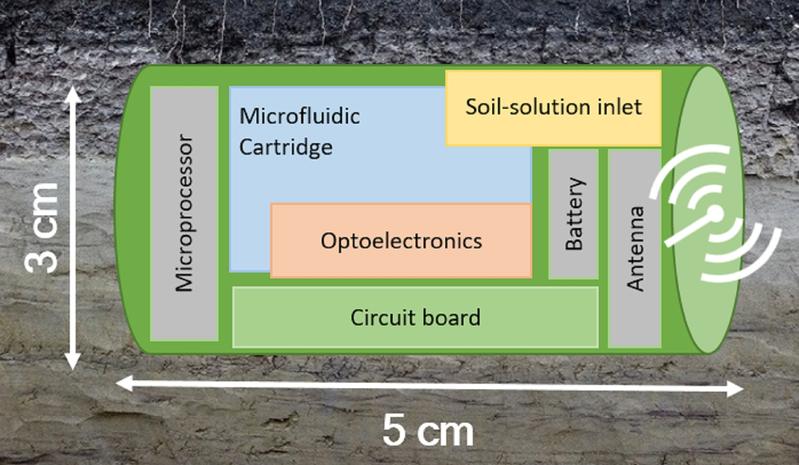
EU funds innovation project from technology, agricultural science and business studies with around 2.5 million euros. According to a report by the EU Commission, over 60 percent of agricultural soils in the European Union are overfertilised. The consequences are soil acidification, polluted waters, reduced biodiversity, and declining soil yields. The upcoming soil health law and associated fertiliser requirements aim at improving soil quality, but for the farmers, this poses severe challenges. Daily variability of nutrient values and time-consuming laboratory analyses…
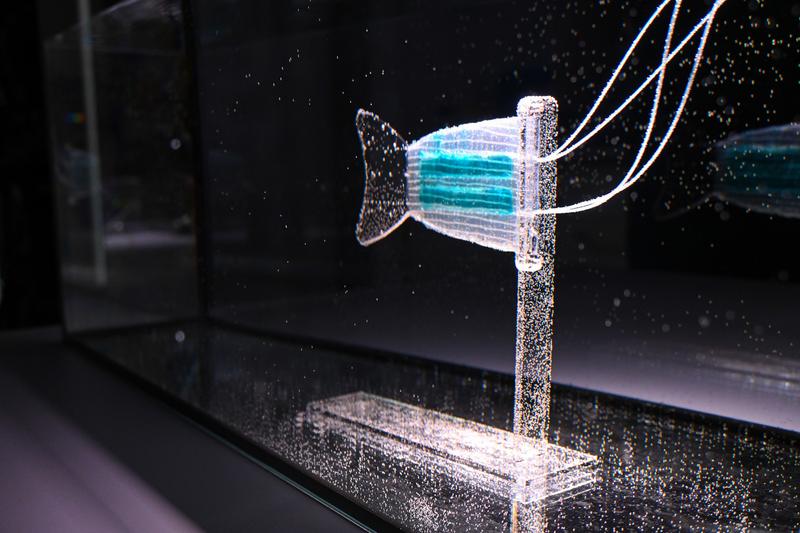
Successful approval of the 2nd funding period of the DFG Research Training Group 2430. Researchers based in Dresden are going to develop a completely new class of materials in which actuators and sensors are integrated directly into flexible fibre composites – contrary to the state of the art. To this end, the German Research Foundation (DFG) approved the 2nd phase of Research Training Group 2430 “Interactive Fibre-Elastomer Composites” at TU Dresden in cooperation with the Leibniz Institute of Polymer Research…
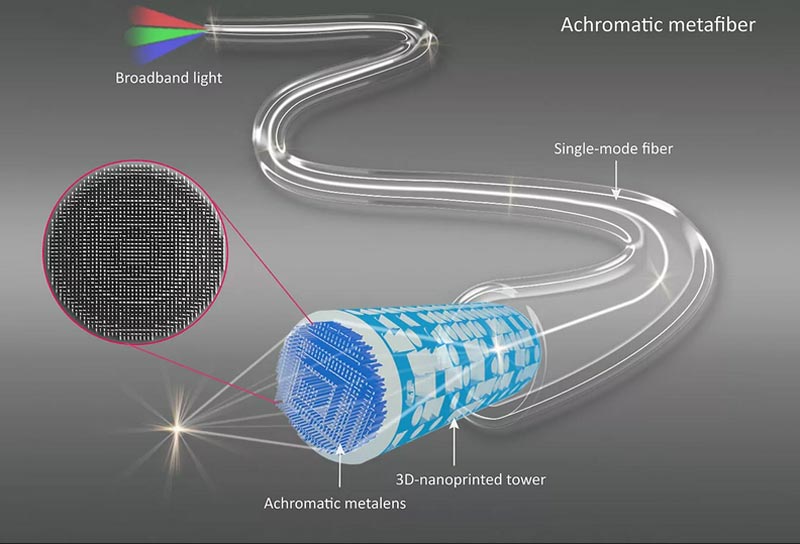
Compact and flexible fiber design ensures efficient focusing and razor-sharp images thanks to 3D printing. An interdisciplinary team of researchers from Korea, Australia, Great Britain, and Germany – with participation of Leibniz Institute of Photonic Technology (Leibniz IPHT) – were able for the first time to optimize an optical glass fiber in such a way that light of different wavelengths can be focused extremely precisely. The level of accuracy is achieved by 3D nanoprinting of an optical lens applied to…

At the Amyloidosis Centre Lower Saxony, MHH offers diagnostics and therapy to those affected by the disease. Amyloidosis is a rare disease that can affect individual organs and body regions or the entire organism. It is caused by misfolded protein molecules that are deposited in the body. Since the disease has many subtypes and those affected can suffer from very different symptoms, it usually takes a long time until amyloidosis is reliably diagnosed and a targeted treatment can be started….
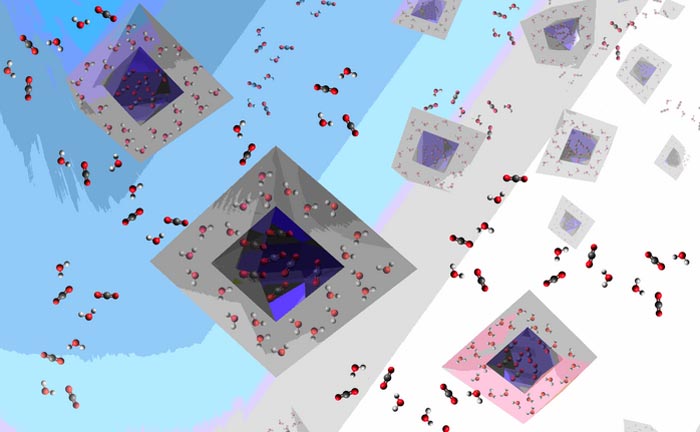
Direct air capture may be key to saving Earth from the effects of climate change, but there’s a catch: It’s really hard to do. Direct air capture (DAC) technologies are designed to remove carbon dioxide from the air, although there’s still a lot of room for improvement in DAC materials. Other molecules in the air, especially water, are in much higher concentrations than carbon dioxide, or CO2. They start competing with each other, and ultimately, carbon dioxide isn’t what’s caught …

What tasks can nanosatellites perform around the moon or even further away from Earth? A new study at the University of Würzburg aims to clarify this. Satellites for communication, navigation or Earth observation do their rounds in near-Earth orbits. But it is becoming apparent that mankind will soon also be using satellites at greater distances from Earth. Nanosatellites about the size of a shoebox are already being used for lunar missions. They act partly autonomously, but also serve to support…
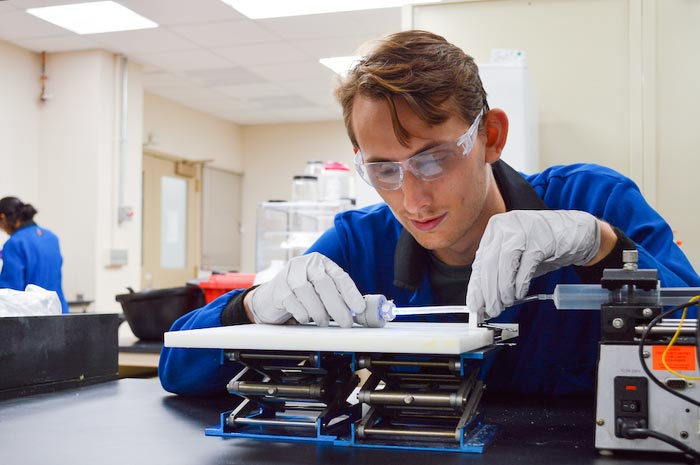
– enabling soft robots that grow like plants. Soft robots can navigate hard-to-reach places like pipes or inside the human body. An interdisciplinary team of University of Minnesota Twin Cities scientists and engineers has developed a first-of-its-kind, plant-inspired extrusion process that enables synthetic material growth. The new approach will allow researchers to build better soft robots that can navigate hard-to-reach places, complicated terrain, and potentially areas within the human body. The paper is published in the Proceedings of the National Academy…